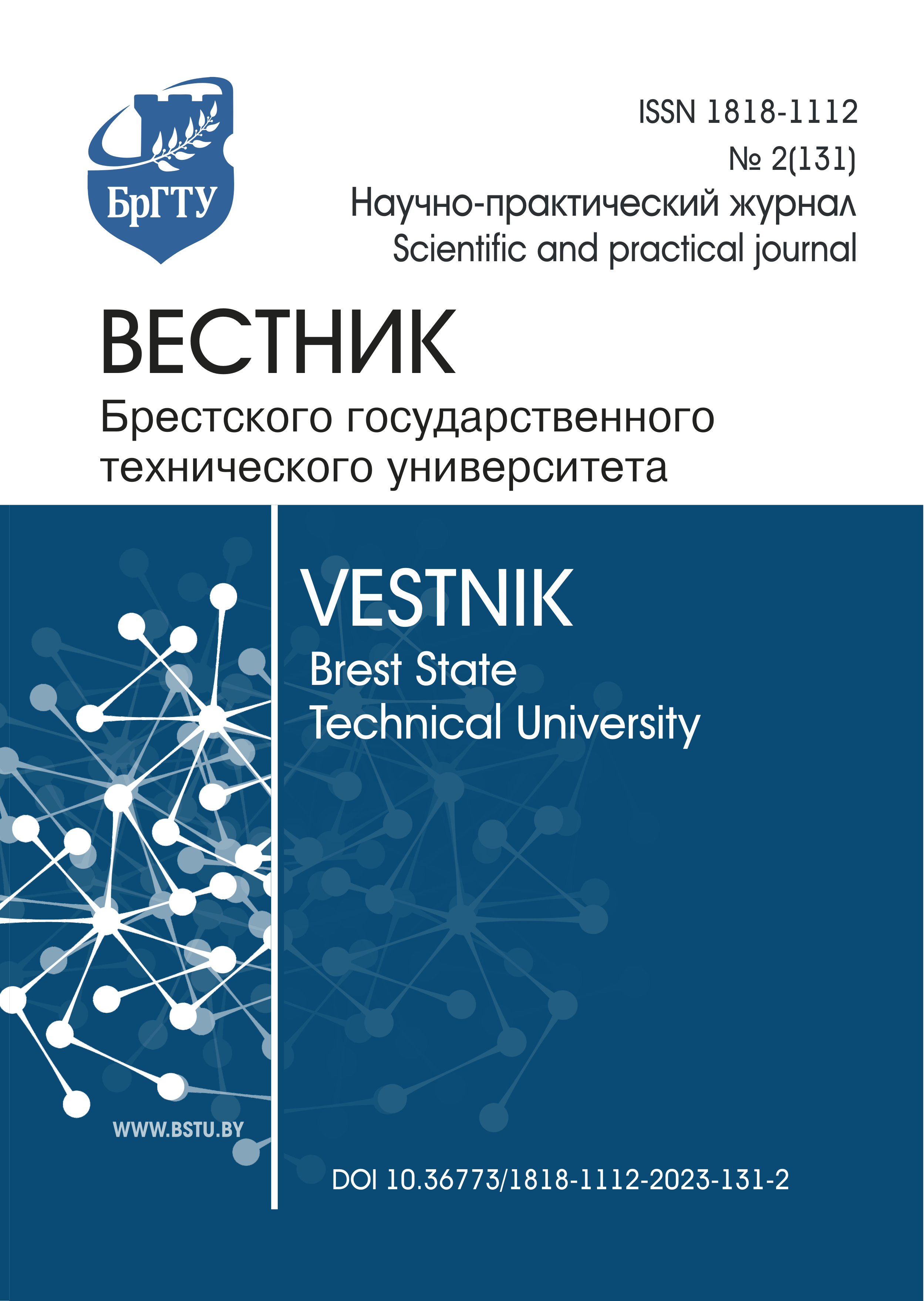ТЕОРЕТИЧЕСКАЯ МОДЕЛЬ СТОЙКОСТИ ВЫСОКОПРОЧНОГО, МОДИФИЦИРОВАННОГО И ЦЕНТРИФУГИРОВАННОГО БЕТОНА ПРИ ПОЖАРЕ
DOI:
https://doi.org/10.36773/1818-1112-2023-131-2-52-61Ключевые слова:
стойкость бетона при пожаре, прочность бетона на сжатие, высокотемпературный нагрев, коэффициент условий работы бетона при пожаре, высокопрочный бетон, модифицированный бетон, центрифугированный бетонАннотация
Для железобетонных конструкций предел огнестойкости является показателем, определяющим область их применения в строительстве и характеризующим промежуток времени, при котором конструкция сохраняет свои несущие и ограждающие функции при пожаре. Для теоретического определения предела огнестойкости необходимо знать основные характеристики материалов в нормальных условиях и характер их изменения при высокотемпературном нагреве, в частности при решении прочностной задачи огнестойкости – физико-механические свойства.
В настоящей статье представлена теоретическая модель стойкости высокопрочного, модифицированного и центрифугированного бетона при пожаре, использование которой позволяет прогнозировать поведение конструкций из него при пожаре и оценить их предел огнестойкости. Указанная модель разработана на основании проведенного комплекса лабораторных и теоретических исследований высокопрочного, модифицированного и центрифугированного бетона при высокотемпературном нагреве.
Загрузки
Опубликован
Как цитировать
Выпуск
Раздел
Лицензия

Это произведение доступно по лицензии Creative Commons «Attribution-NonCommercial» («Атрибуция — Некоммерческое использование») 4.0 Всемирная.
Авторы предоставляют материалы на условиях лицензии CC BY-NC 4.0. Эта лицензия позволяет неограниченному кругу лиц копировать и распространять материал на любом носителе и в любом формате, но с обязательным указанием авторства и только в некоммерческих целях. Пользователи не вправе препятствовать другим лицам выполнять действия, разрешенные лицензией.










